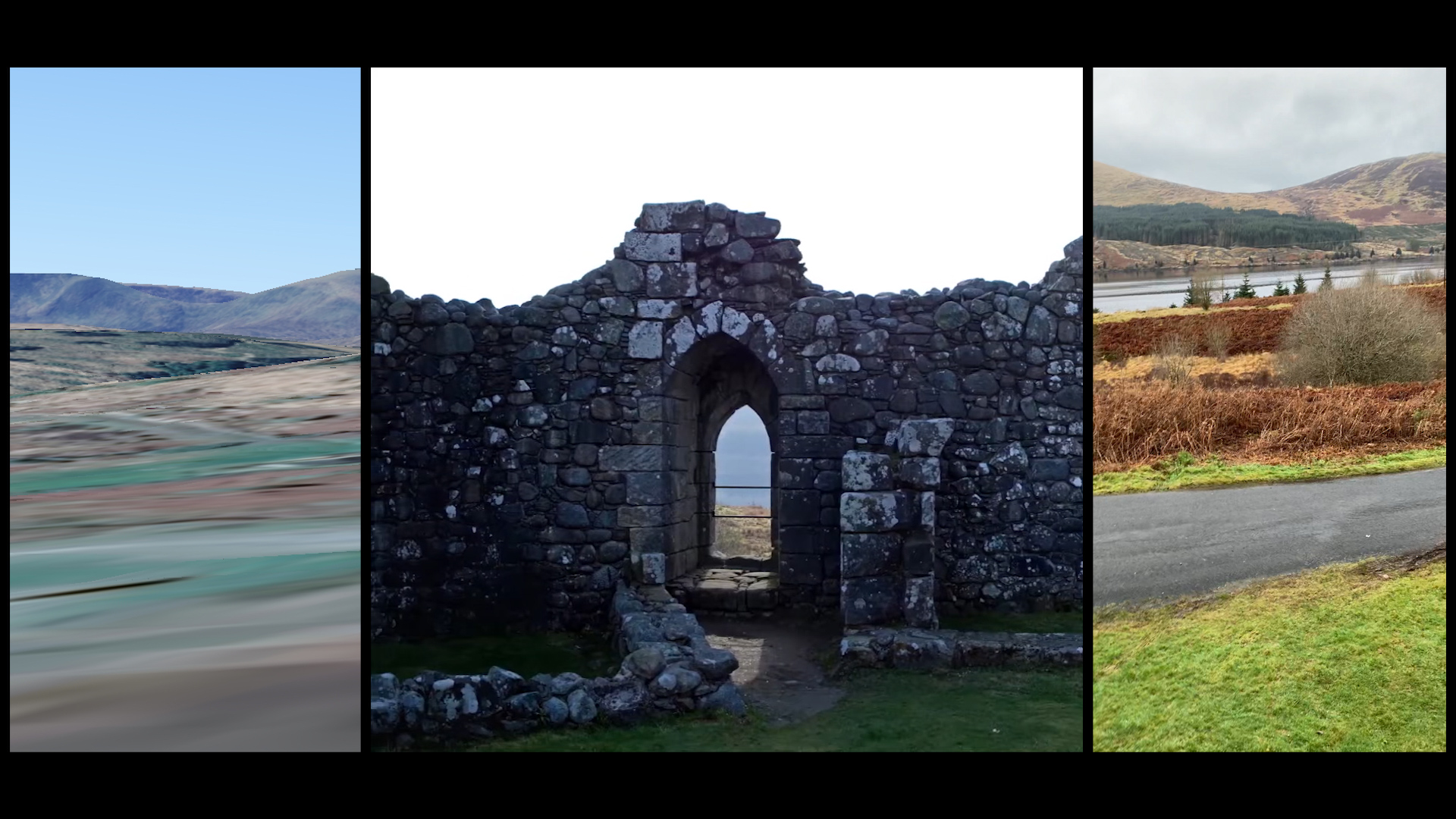
https://gsamfa.com/glue/site-sight/matthew-cosslett/
https://gsamfa.com/glue/site-sight/matthew-cosslett/
https://gsamfa.com/glue/site-sight/matthew-cosslett/
https://gsamfa.com/glue/site-sight/matthew-cosslett/
THEY COULD NOT BE SEEN
2021
Rurality exposes. Contrary to how rural places are often imagined, isolation in a landscape does not promote a feeling of erasure or invisibility. Scanning the hills alone, standing rural, promotes an inescapable visibility, an unavoidable vision, a present that cannot be diverted. This is not the sublime; this is sight, this is the feeling of being seen.
Narratives of survival preparation pecker online landscapes; move to the hills, move to a rural place to hide. I grew up rurally, outside a small village and inside a small forrest on the southern edge of South Ayrshire. I spent a lot of my life, alongside those around me, fighting to be seen.
This film coalesces visions of the ex-mining town, Dalmellington, through two distinct texts; videos uploaded to YouTube with the keyword ‘Dalmellington’ and videos uploaded to the alt-right platform Parler from Dalmellington and the surrounding area. These videos from Parler are exposed, geolocated to a specific location, a point on a map. YouTube balances this specificity by presenting a vision of Dalmellington from the network’s other binary; the mass.
This film embraces and emboldens the logic of how camera produced content moves online. It asks what it means to be rural online, and extends this logic internally. Using the network to illustrate our relationship to place and its construction by cameras, this film challenges externalisation and impositions onto place and presents, with a force, the violence and reduction that arises from the infliction of meaning onto landscape. In ‘They Could Not Be Seen’ vague ideologies of landscape are imposed onto actual ground; constructed, destructed, fizzing, exposed land. This is not neutral territory. This land is loaded.